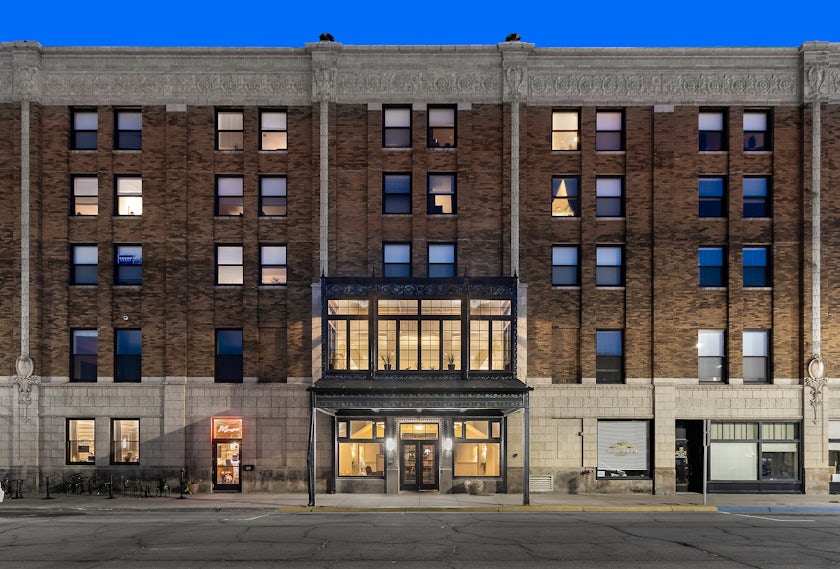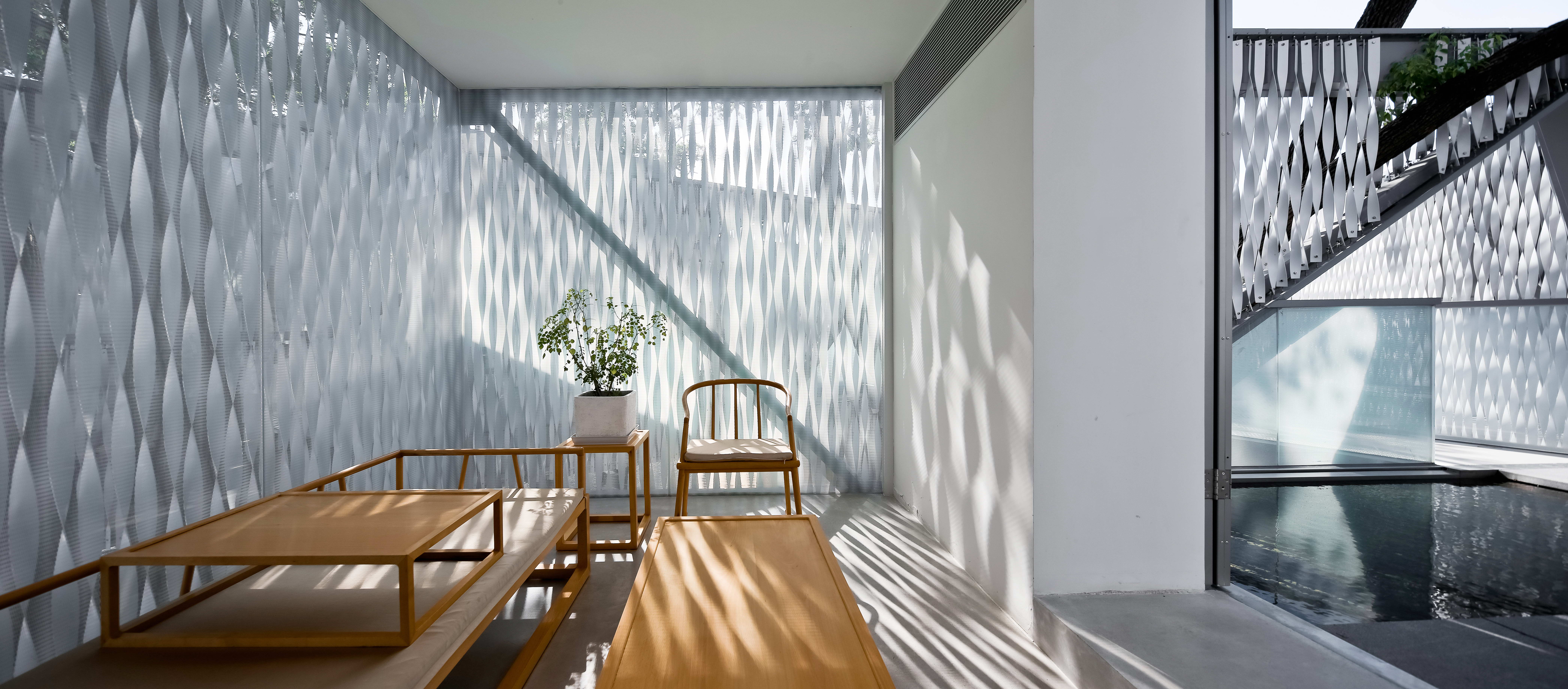Architects: Want to have your project featured? Showcase your work through Architizer and sign up for our inspirational newsletters.
Wineries are often located far from dense urban contexts. While being close to vineyards is important, remoteness also becomes part of the tasting experience. As alcohol makes you physically relaxed, being surrounded by natural environments is also mentally calming. This collection features six wineries and distilleries sited around the world in different natural contexts. Each of them interprets their site and program with a unique approach to tailor the best tasting experience.
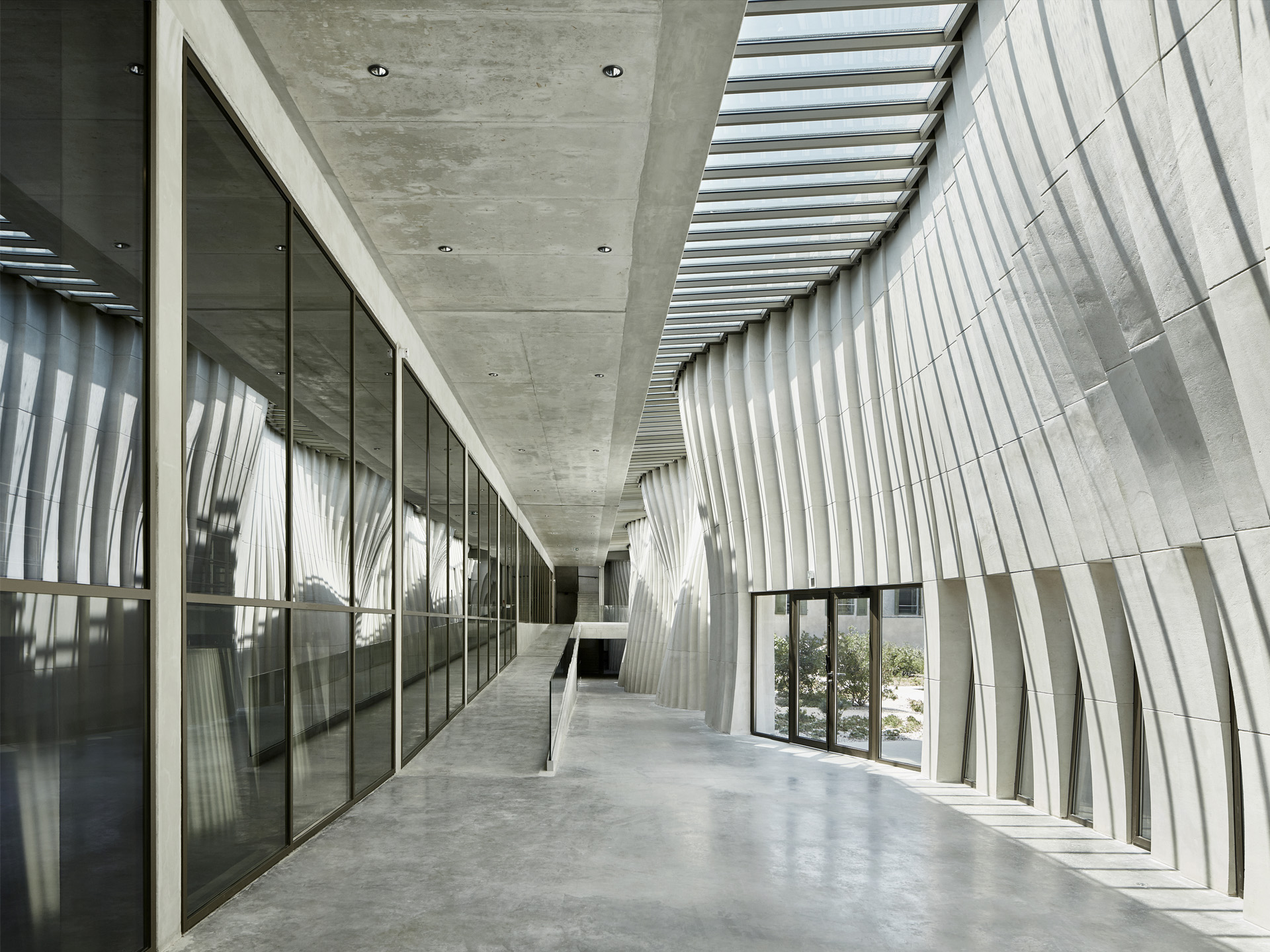
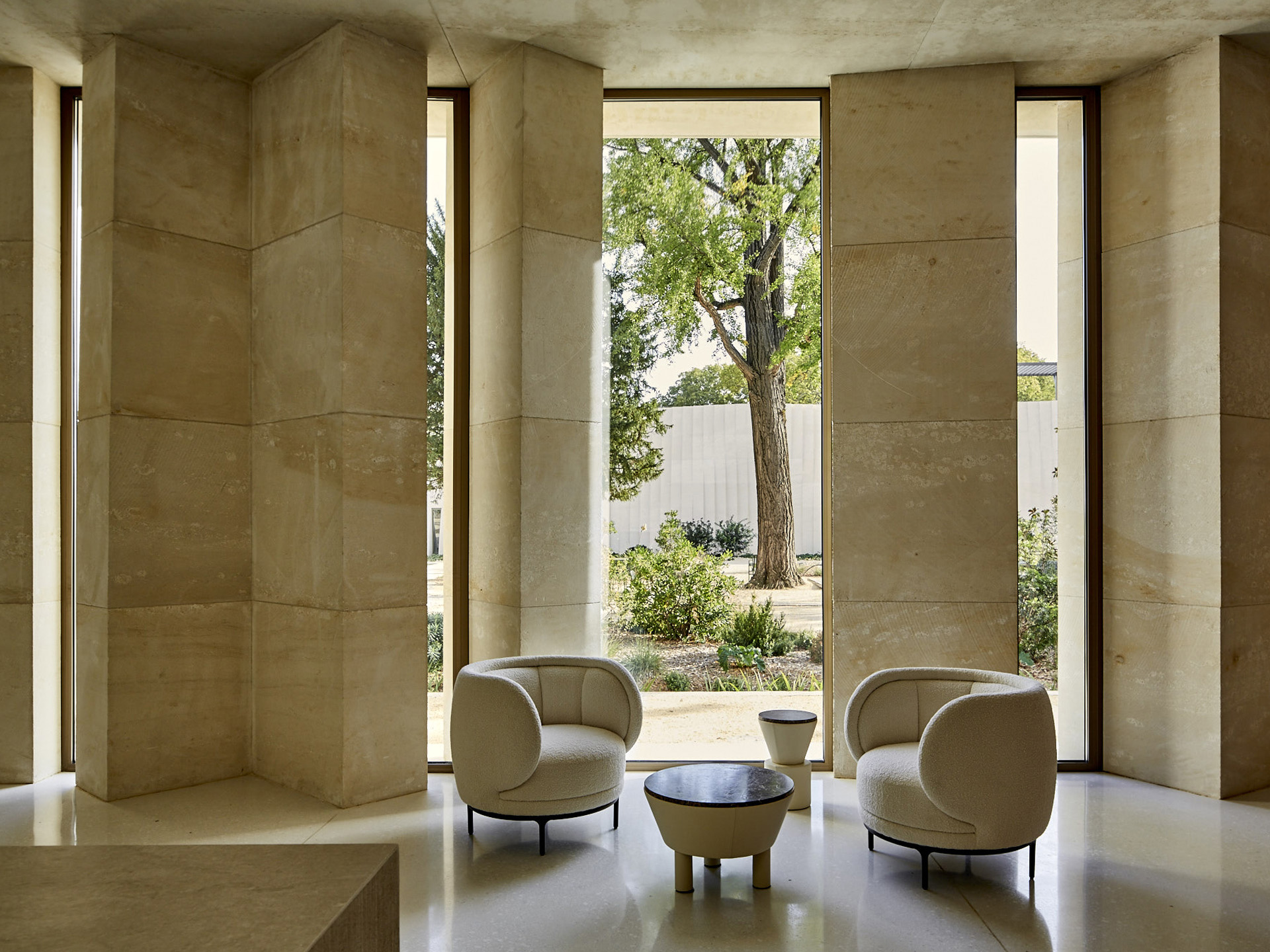 Delas Frères Winery by Carl Fredrik Svenstedt Architecte, Tain-l’Hermitage, France
Delas Frères Winery by Carl Fredrik Svenstedt Architecte, Tain-l’Hermitage, France
Delas Frères Winery is located in the Rhone Valley, a place with long agricultural history. The building’s design draws inspiration not only from the valley, with its wavy form, but also from the Estaillade stone further down the river. Each piece of the façade is precisely cut with machines and the by-product gravel is used to pave the garden.
Behind the wavy façade are circulation spaces for visitors to walk along whilst viewing the wine production process. The space between the cellar and the façade also keeps the tank and barrel halls away from heat and direct sunlight. Meanwhile, the inner side of the structural façade diffuses the skylight, providing gentle, natural lighting for the production area.
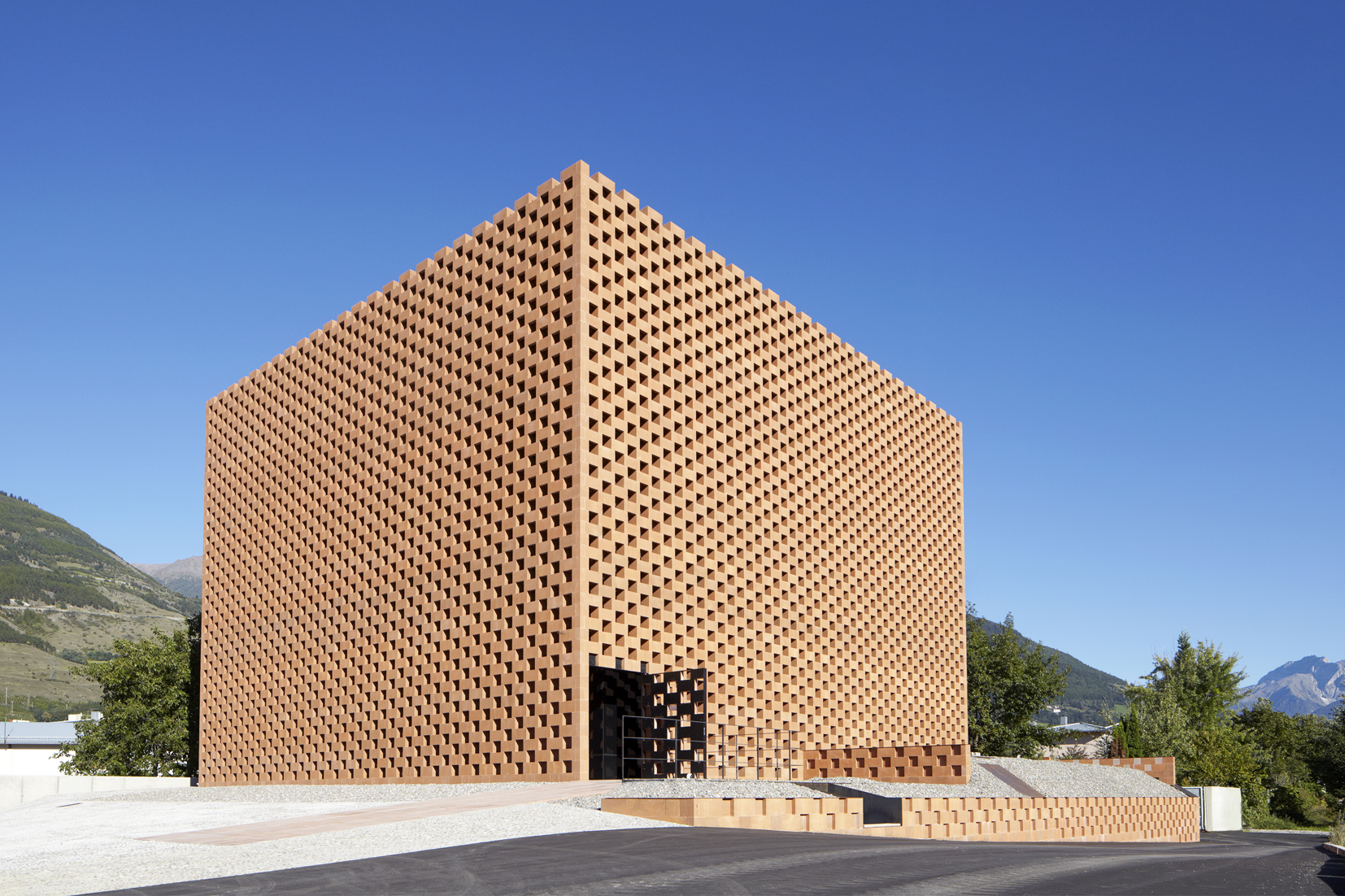
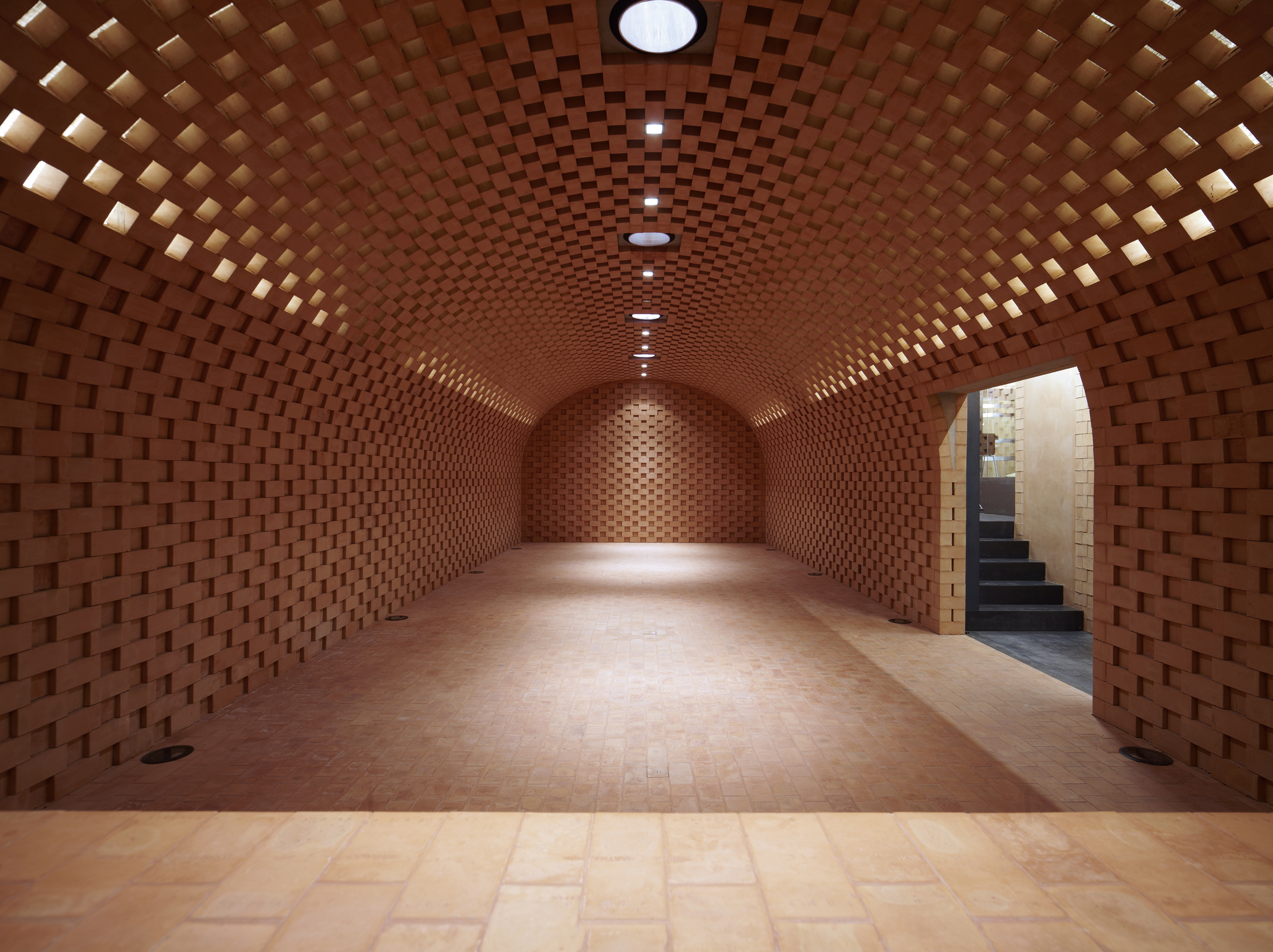 Puni Distillery by Werner Tscholl. Architekt, Glurns, Italy
Puni Distillery by Werner Tscholl. Architekt, Glurns, Italy
Puni whisky distillery has an iconic cuboid appearance. Numerous copper-red cement blocks form a huge lattice that folds into a cube of three-story tall. The gaps on the façade reduce the solidity of the volume yet the interior is hardly visible from the outside. The distillers and other production-related functions are on the lower ground level where the cement lattice continues to the interior. Part of the production area is made double-height and capped by glass panels. As a result, the distillers and the surrounding working areas are visible from the entrance level where the store situates.
On the three levels above ground, circulation space wraps the functional rooms and is half-exposed to the weather and natural environment. The lattice façade reduces the amount of light and heat entering the building while keeping the interior connected to the outside.

 Shan-shui: A Duality | The Chuan Malt Whisky Distillery by Neri & Hu, Emeishan City, Leshan, China
Shan-shui: A Duality | The Chuan Malt Whisky Distillery by Neri & Hu, Emeishan City, Leshan, China
With a series of volumes that tuck into the landscape, the design wishes to demonstrate its respect to nature and the site down Mount Emei, a place with rich historical meanings. The production area is accommodated by three long buildings. These paralleling structures reinterpret vernacular architecture with clay tiles and concrete posts and beams. Following the naturally sloping landscape, the three buildings have descending rooflines.
To the south of the production houses are the two visitor experience buildings. In contrast to the vernacular form of the production houses, the two experience buildings — the tasting building and the restaurant — are of circular and cubical shapes respectively, representing sky and earth in Chinese philosophy.
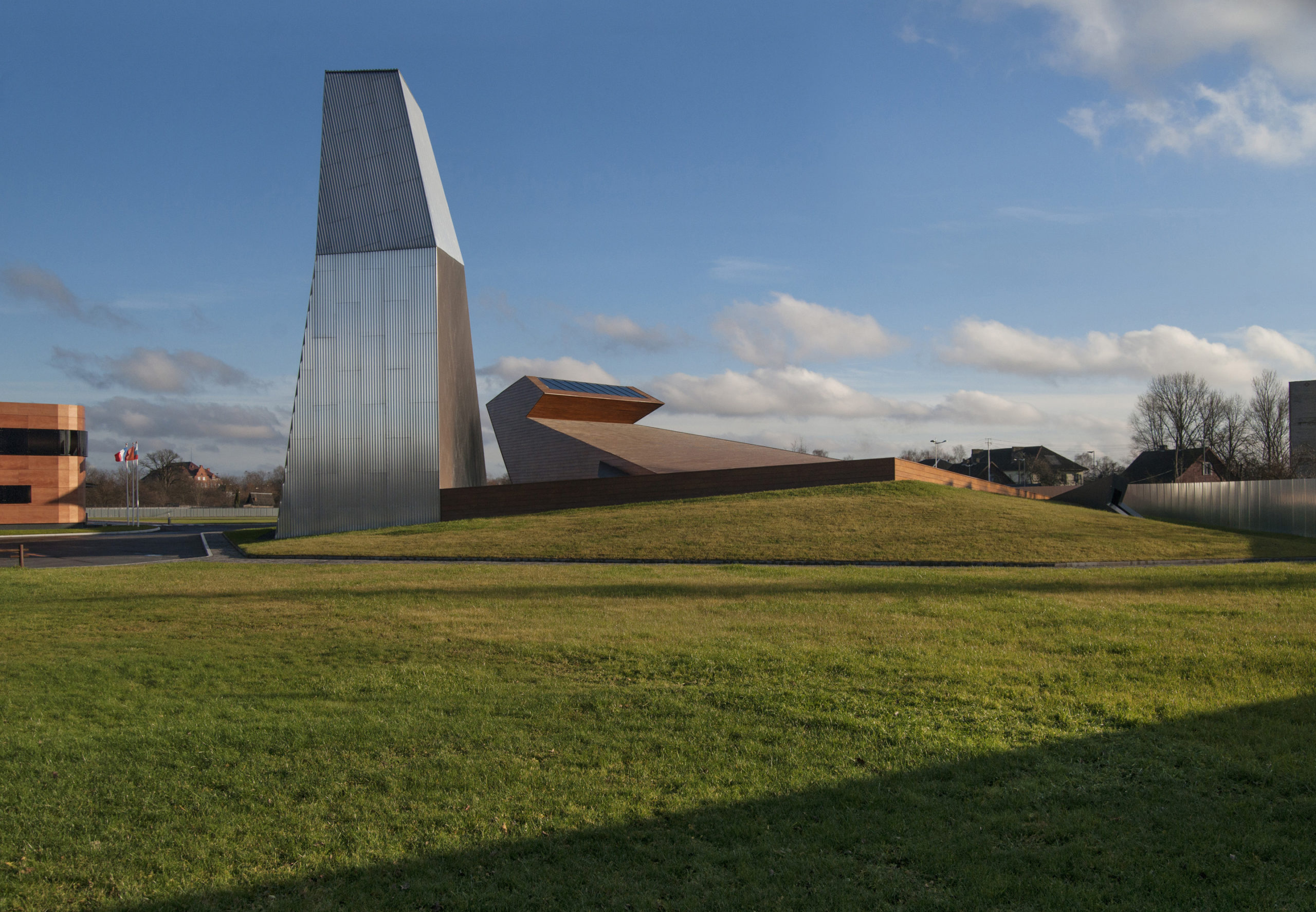
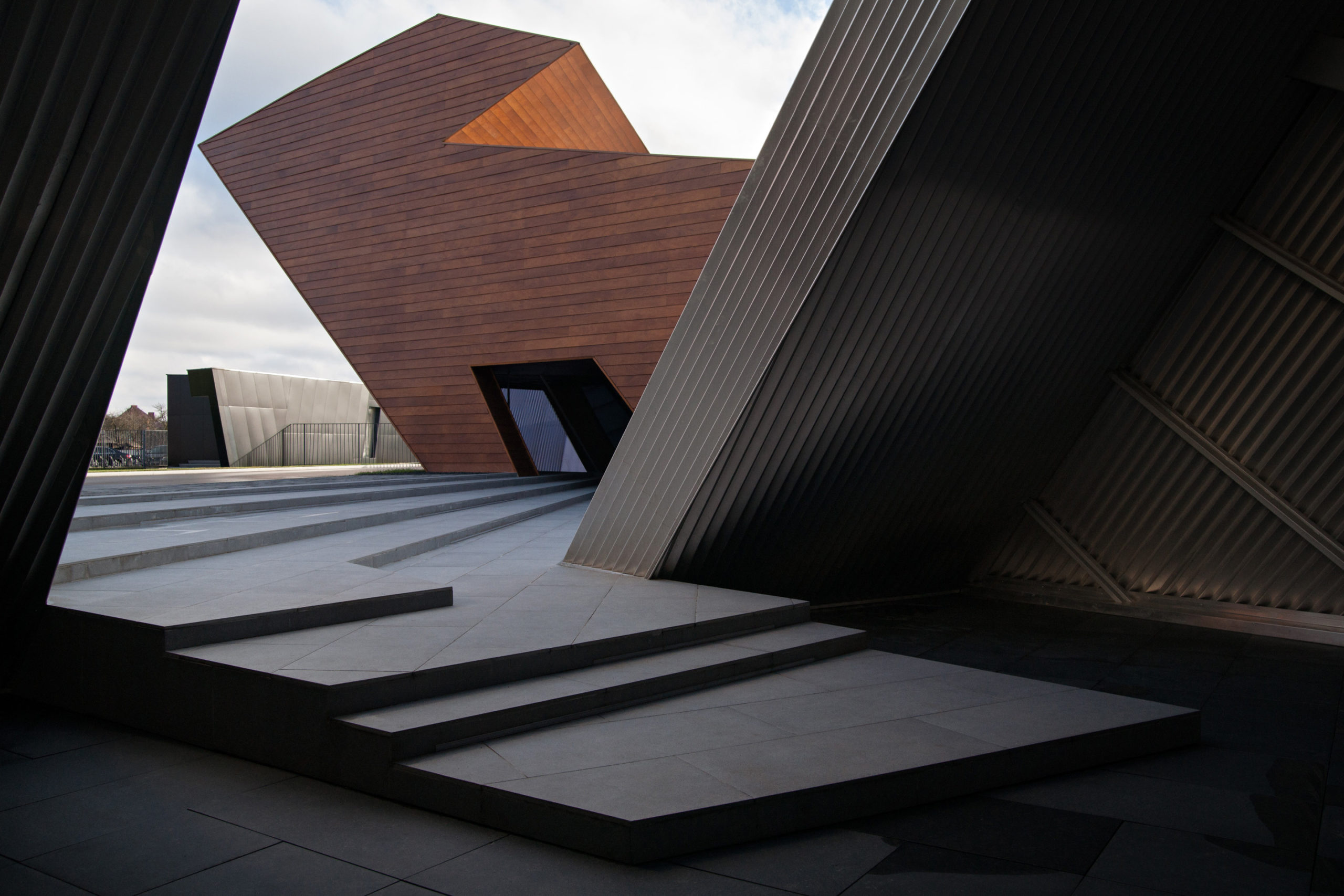 «Alliance 1892» Wine and Brandy Distillery Museum & Warehouse by TOTEMENT / PAPER, Chernyakhovsk, Russia
«Alliance 1892» Wine and Brandy Distillery Museum & Warehouse by TOTEMENT / PAPER, Chernyakhovsk, Russia
This project has a radical form that can hardly tell its function. The town was heavily damaged during World War II. With the expressive form, the project aims to serve as a symbol of the town’s rebirth and creativity. It houses not only the storage of finished products but also spaces for people to meet and gather. The lower volume, clad in wood, is the warehouse and the metallic volume, reaching towards the sky, is the museum. Through the contrast between the two volumes — low and high, natural and industrial, soft and sharp, dark and light — the design team creates a balanced and dynamic architectural space.
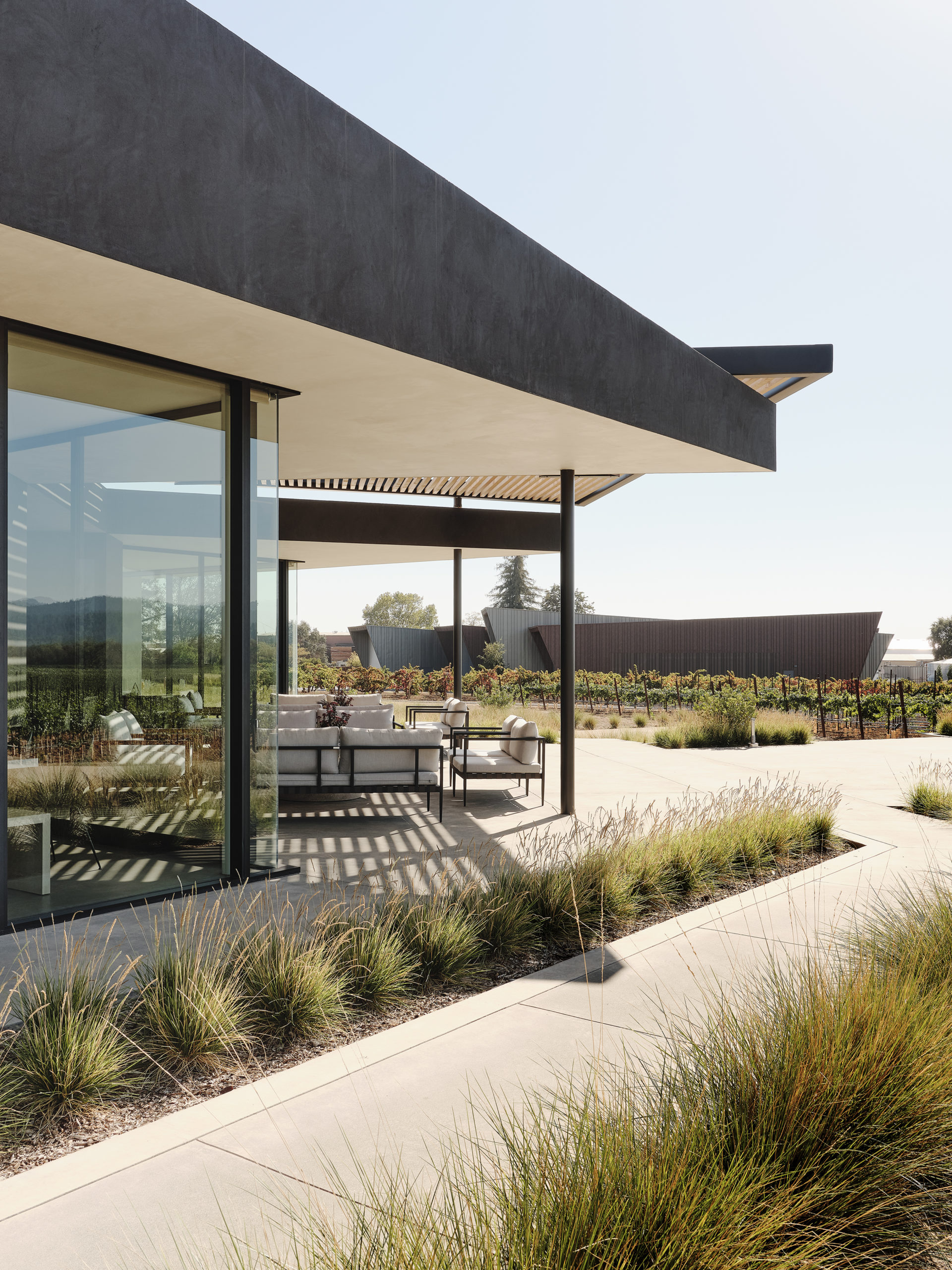
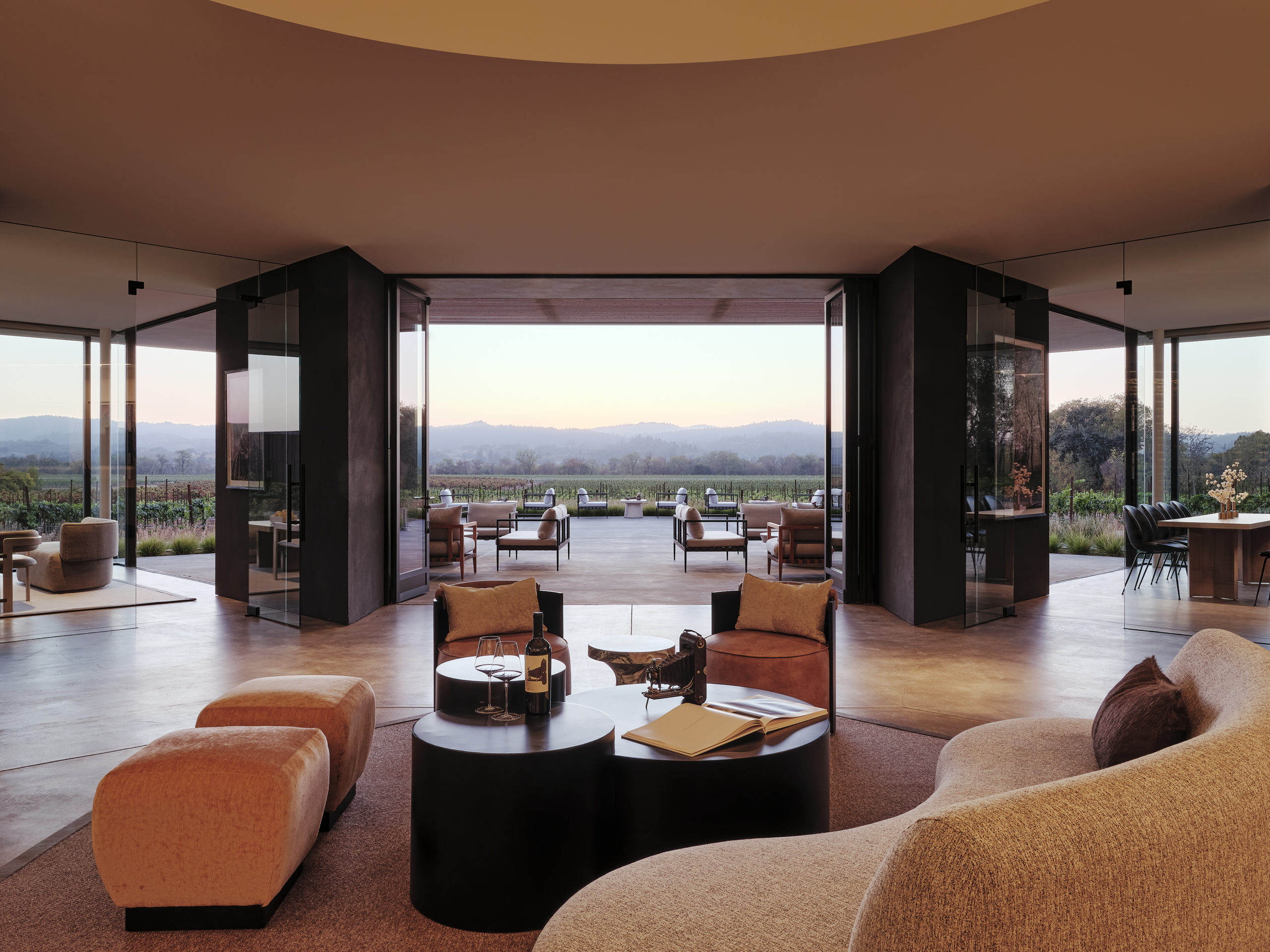 Aperture Cellars by Signum Architecture, Healdsburg, CA, United States
Aperture Cellars by Signum Architecture, Healdsburg, CA, United States
This project is designed for a young winemaker and his photographer father. The design team recomposes the hexagonal shape of the aperture and creates two clusters of clean geometries. Located not far from each other, the two clusters, respectively, comprise the production house and a hospitality building. The production house is sheathed in dark metallic panels to respond to the rustic surroundings.
While the production house is mostly covered, the hospitality building is more open and transparent. The building is oriented toward the vineyard and the Sonoma Mountains in the background. Through large areas of floor-to-ceiling openings, the unblocked view of the landscape enters the tasting room from 180 degrees. The building also embraces the ocean breezes coming from the west.
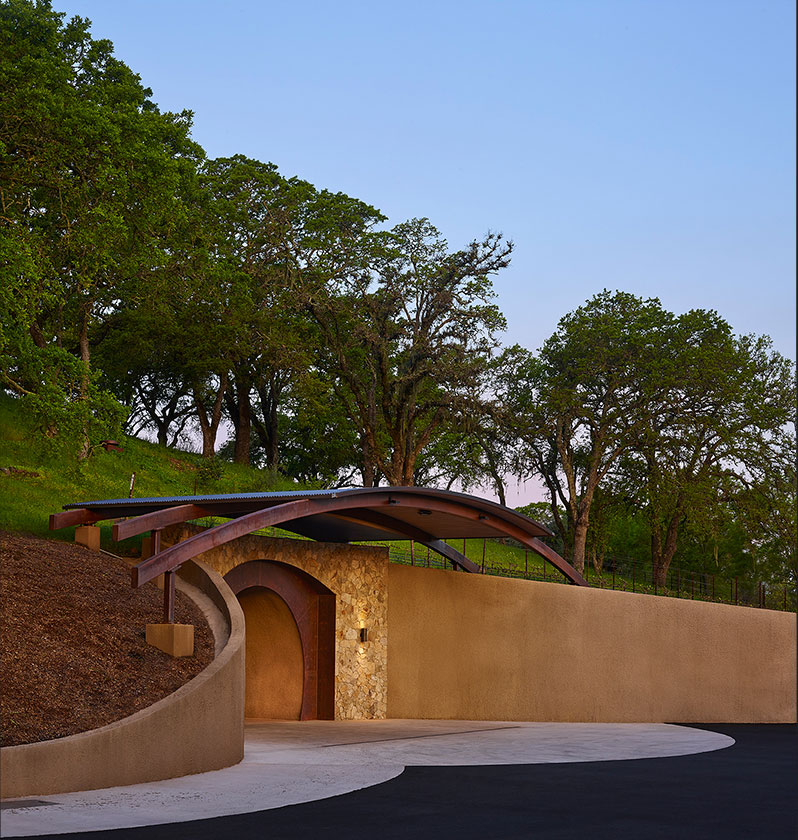
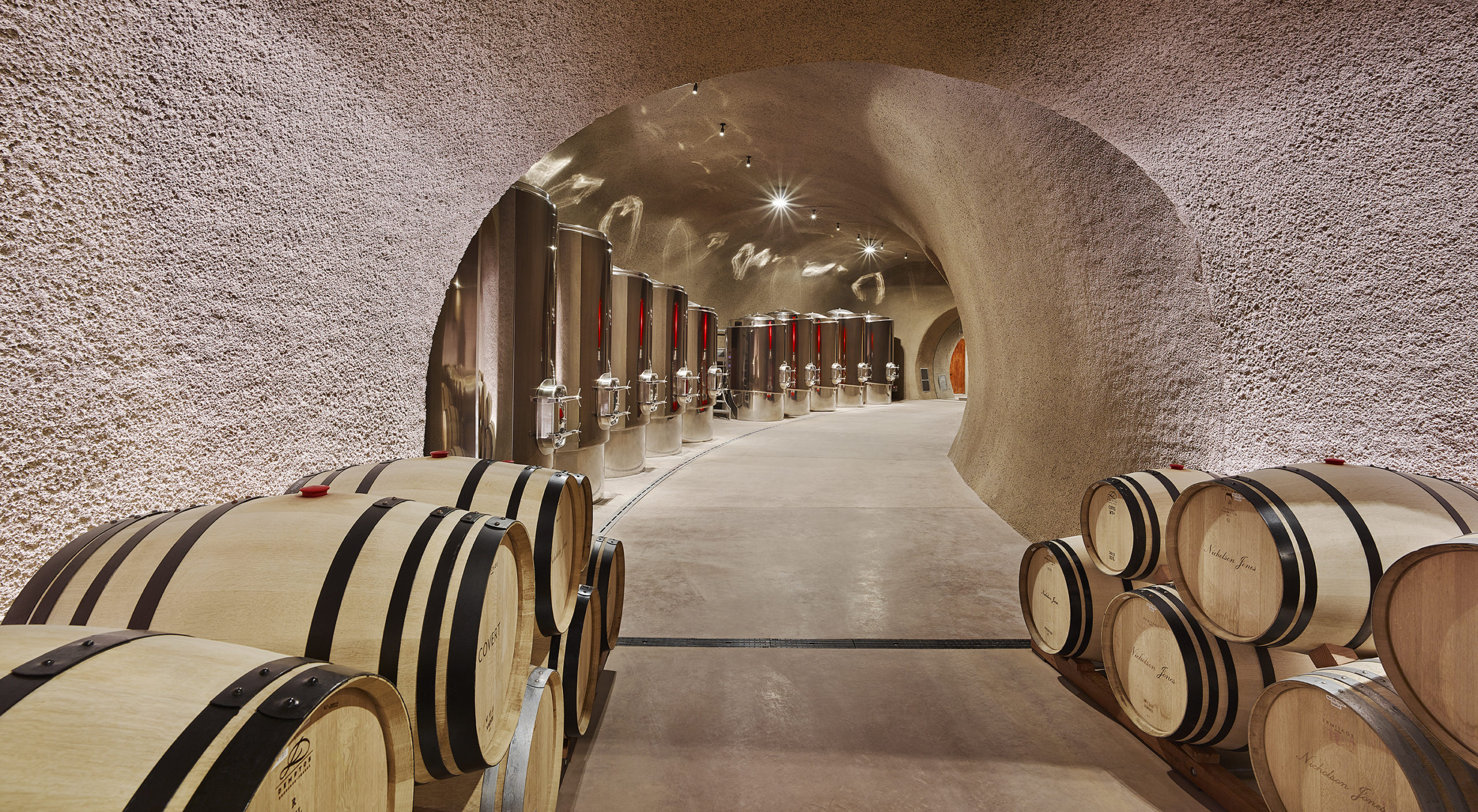 Covert Estate Winery by Signum Architecture, Napa, CA, United States
Covert Estate Winery by Signum Architecture, Napa, CA, United States
Covert Estate Winery hides in the hills of Coombsville. The design team carves into the hillside to create a completely underground winery. To avoid damaging the trees on site, the walls and ceiling are curved following the original landscape. The resulting interior space has a natural cave-like atmosphere.
Concrete and local stone blend the entrances into the landscape. As these materials extend into the interior, warm-color timber and leather join the material swatch to form a harmonic yet rich surface texture. Entry portals are located at the foot of the hill. The tasting room, employee lounge and office are placed near the entrances to utilize natural lighting. At the same time, wine production areas enjoy a more stable microclimate as being deeper into the landscape.
Architects: Want to have your project featured? Showcase your work through Architizer and sign up for our inspirational newsletters.
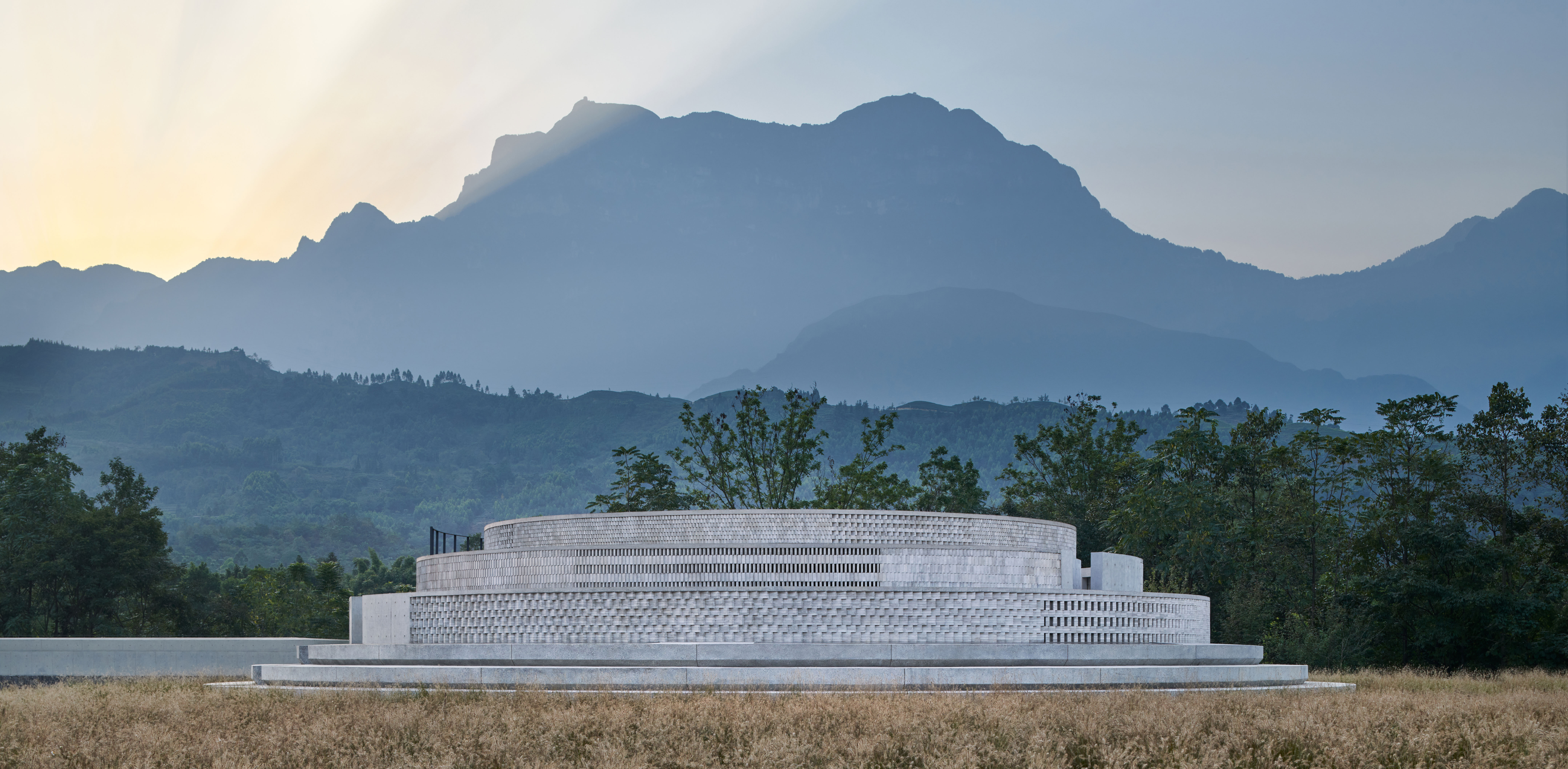





 Delas Frères Winery
Delas Frères Winery  Puni Distillery
Puni Distillery 